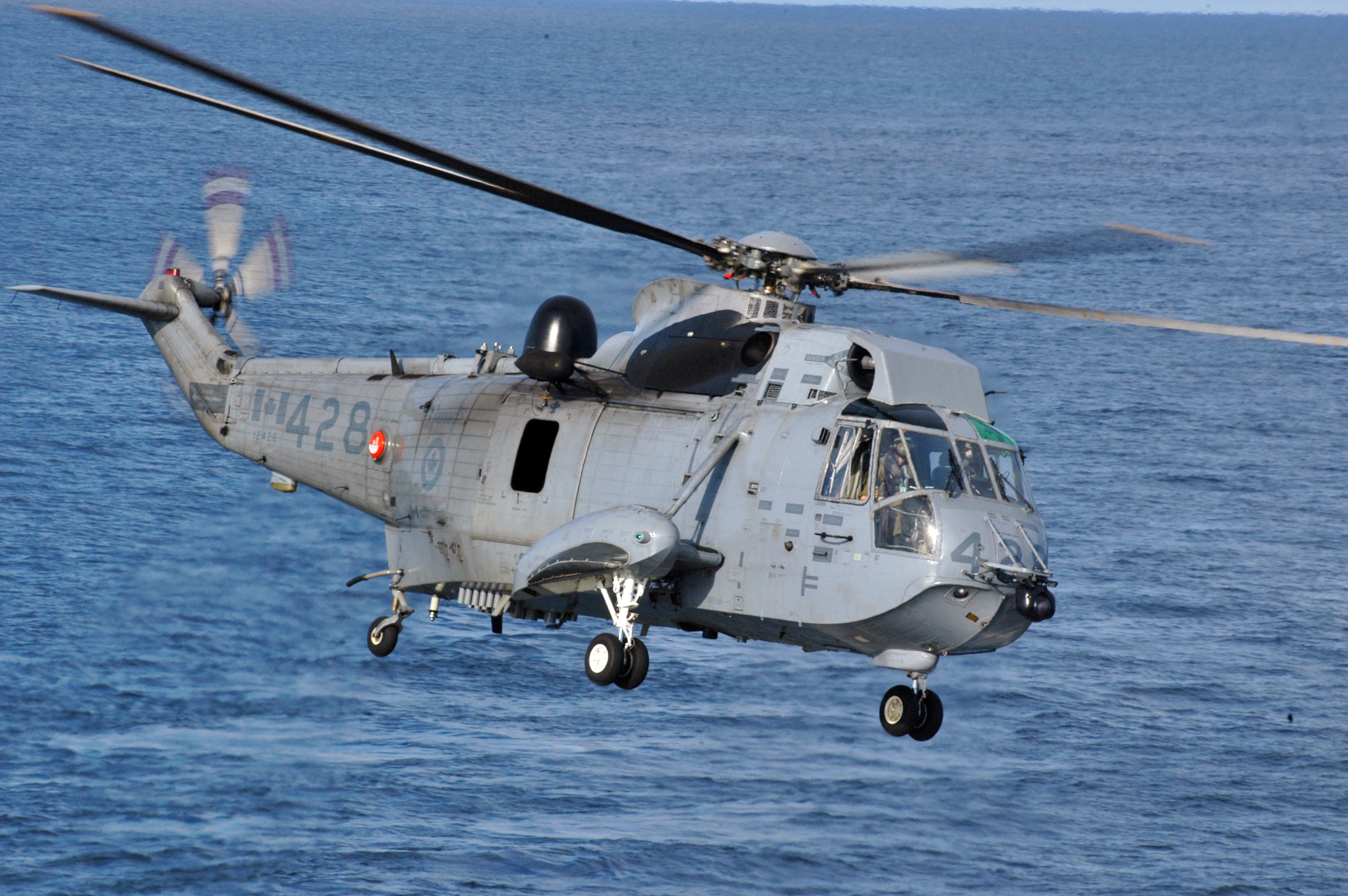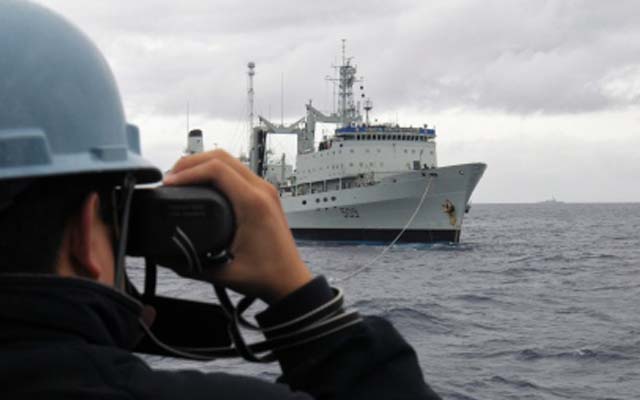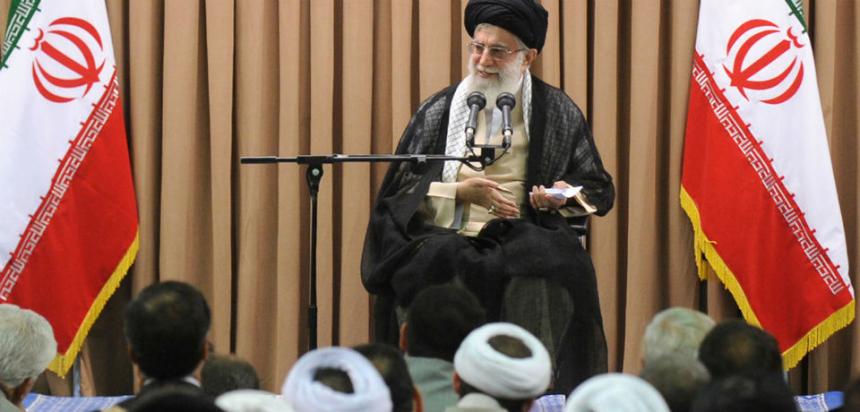The delayed arrival of the Cyclone helicopters brings concern about the Canadian Armed Forces’ procurement process. Lessons from the Sea King Replacement (SKR) project will hopefully lead to much-needed change.
Current Defence Minister Jason Kenney heralds the newly appointed review panel as the mark of a ‘paradigm shift’. These political changes may bring about a reduction in the innumerable delays, cancellations and unexpected costs. However, giving responsibility to more than one government department increases the complexity of procurement projects. The level of involvement from multiple authorities is a balancing act in progress, which may require some open-mindedness from all involved.
Political shots miss targets
Political open-mindedness was notably absent at several points in the history of the SKR. Ideologies on military spending differ across the political spectrum; unfortunately, these differences of opinions have led to serious delays and significant costs in the SKR project.
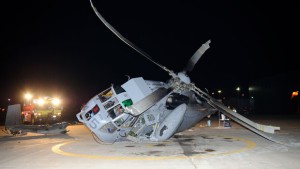
The Canadian government had decided on a Sea King replacement in 1987, the Augusta Westland joint helicopter, the EH-101. Unfortunately, the $5.8B price tag was more than many were expecting. In an opportunistic move, the opposition leader of the time, former Prime Minister Jean-Chrétien turned public opinion against the project, and then, when his party came to power, cancelled the contracts without providing a suitable alternative. This move delayed the project by years, as well as sinking $500 million in cancellation fees.
Cancelling and restarting projects adds considerable costs to procurement. In this case, the delays led to deadly ramifications, as ageing equipment flew years beyond an acceptable time frame.
A new contract was awarded in 2004 for the Sikorsky Cyclones. A new government came to power shortly after the deal was made, and perhaps learning from earlier mistakes, they stuck to the contract, despite frequent delays from the manufacturer. Sikorsky is undoubtedly dealing with internal struggles to meet expectations, but their failure to meet specifications leads to the next potential lesson in military procurement
A lesson in expectations
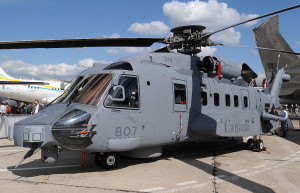
Early on in the history of the SKR, the DND had the option of purchasing an earlier version of the CH-148 Cyclone. At this time, it was known as the Sikorsky S-70, flown in the US Air Force as the S-70 Blackhawk. The government decided instead to purchase the EH-101, which was promising, but untested.
A significant factors in this decision was the helicopter’s size. The EH-101 was large enough to accept the additional equipment that DND hoped to add. The many design modifications would turn the aircraft, for better or for worse, into a uniquely Canadian machine.
After the budget got out of hand, the contract for the EH-101 was cancelled, and then awarded to Sikorsky for the CH-148 in 2004. The deal has been renegotiated many times since then, with new requirements added on, increasing the price tag from $5.2 billion to a final $7.6 billion. Even with the many renegotiations, there are concerns that the Cyclone still does not meet all necessary requirements. The president of Sikorsky summarized the negotiations by saying ‘this [CH-148 Cyclone contract] is a development program, and it really wasn’t structured as a development contract’.
The SKR repeatedly became a project aimed at acquiring technology that did not exist, delaying procurement and increasing costs.
Turning ‘off the shelf’ equipment into heavily modified designs has been a frequent pitfall for Canadian officials. The practice frequently referred to as ‘Canadianization’ increases the risk of higher than budgeted costs by the end of production, and can lead to many years without operational equipment.
‘Canadianization’ has led to complications in other procurement projects as well. Although costly, the practice is often necessary to ensure that equipment is capable for the diversity of CAF operations, where a single platform must perform multiple functions. It is also a way to fulfill PWGSCs mandate for technology transfer, where Canadian developed technology is shared with allied nations to produce economic and technological advantages for Canada.
Unfortunately, many Canadian allies have purchased alternatives to the Cyclone, limiting any anticipated transfer of technology. But as PWGSC has labeled technology transfer as a key success factor in its defence procurement policy, ‘Canadianization’ might not receive critical evaluation any time soon.
Failure to set proper expectations early on in procurement projects has been a chronic set back in Canadian military acquisition. It is one of the many reasons the Sea King Replacements will go down as one of the ‘worst’ procurements in Canadian history. Now that the SKR is finally reaching its conclusion, one can only hope that its many lessons will not soon be forgotten.

